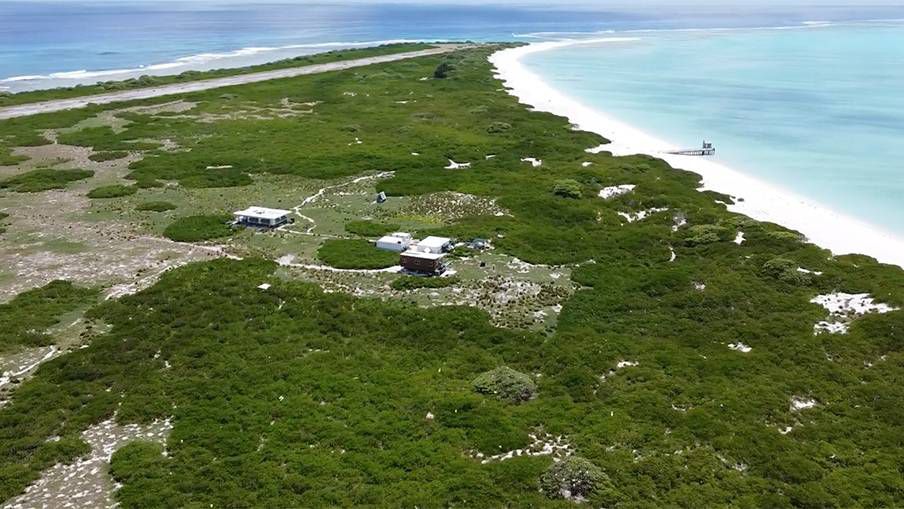HONOLULU — The Department of Land and Natural Resources’ Division of Forestry and Wildlife, in partnership with Kure Atoll Conservancy, is looking for habitat restoration volunteers to work at the Kure Atoll State Wildlife Sanctuary in the Northwestern Hawaiian Islands for a period of six to eight months.
Located 1,400 miles northwest of Oahu, Hōlanikū, or Kure Atoll is part of the Papahānaumokuākea Marine National Monument. The atoll is an important habitat for wildlife such as the endangered Laysan duck and Hawaiian monk seal. It’s also home to 18 species of seabirds that nest on the site, including Ka‘upu (black-footed albatross) and ‘Ao‘ū (Christmas shearwater).
The program objectives are diverse, but much of the time will be dedicated to invasive plant removal. Over six to eight months, volunteers will receive training in the following:
- Removing invasive plants (manual and chemical)
- Monitoring invasive plant species and identification
- Monitoring wildlife and species identification
- Propagating and distributing native plants
- Handling animals safely
- Cleaning the beach to remove wildlife entanglement and ingestion hazards
“Over the last 20 years, DLNR has been working to transform Kure Atoll State Wildlife Sanctuary from a tangled mess of weeds to a resilient functioning ecosystem that supports over one million nesting seabirds, hundreds of shorebirds and 80 endangered Laysan ducks,” said Kure Atoll Conservancy Executive Director Cynthia Vanderlip in a news release. “This work was done by many hands who worked year round to remove the most destructive weeds and plant native Hawaiian plants. These natives prevent erosion and increase the nesting success of seabirds.”
According to the Kure Atoll Conservancy website, the six-to-eight-month period is approximately from Oct. 2022 to April 2023. Because of its extremely remote location, transportation to the atoll is limited and infrequent. There is no internet or mobile phone service. Outside contact is only available through a satellite phone. Field teams comprise six to eight people living and working in close quarters.
To learn more, visit the Kure Atoll Conservancy website. Apply for this remote, but rewarding experience by sending a resume, cover letter and three references to kureatoll@gmail.com.
Sarah Yamanaka covers events, environmental and community news for Spectrum News Hawaii.



